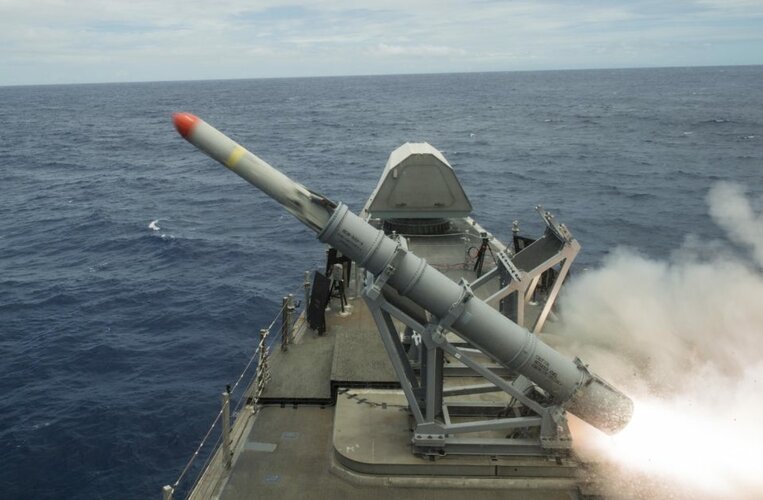If we think of unmanned vehicles as emergent technology, to me, it makes sense that we plan for low order quantities and rapid turnover to the next invention. Like the early jet fighter age, pre-war destroyers, & WW2 early tanks. Until the drone version of the F-4 Phantom/AB destroyer/M1 tank makes itself evident.
I think this is also one more indication of just how destructive the LCS program has been. We plan for the LCS-2 to become the new minesweeper, but then we toss the MQ-8C, foul the flight deck with Mk.70s, and put all our tokens on the TBEC being able to launch & recover the CUSV without issue every time. Check test the reports on that mess…




